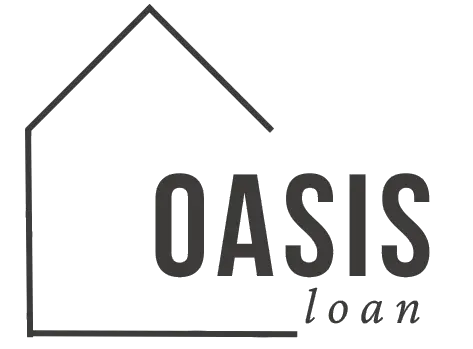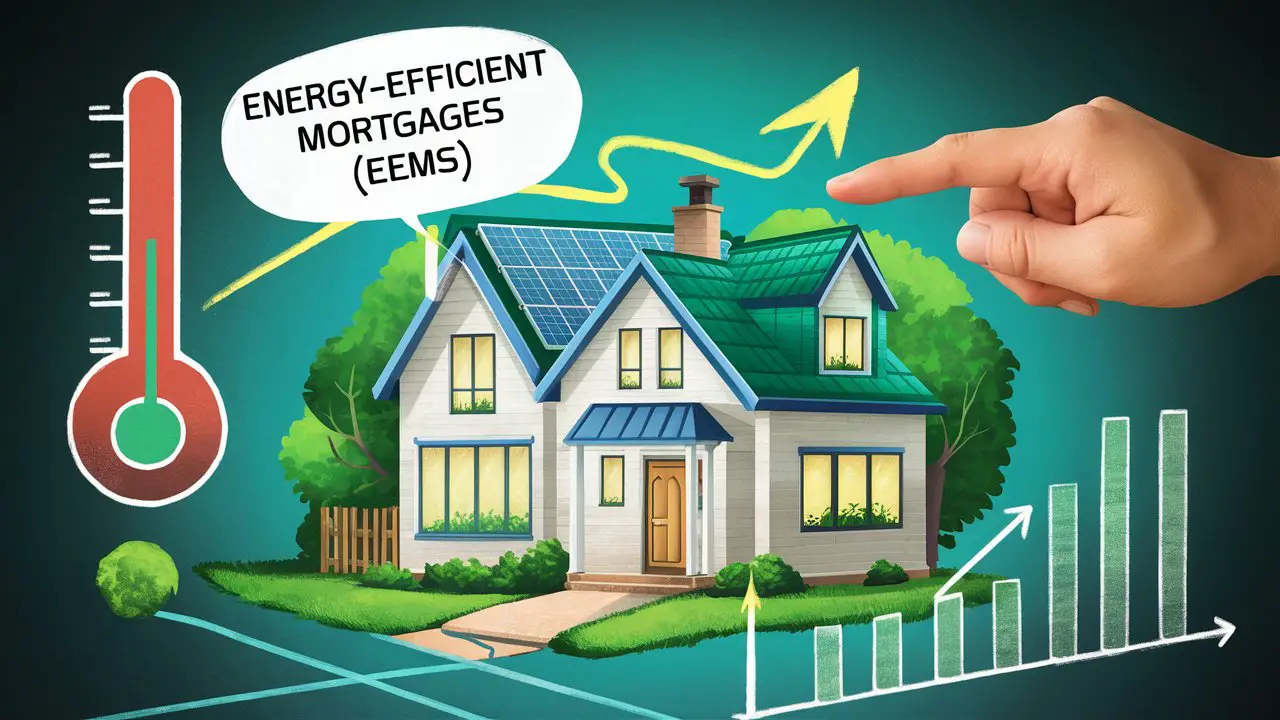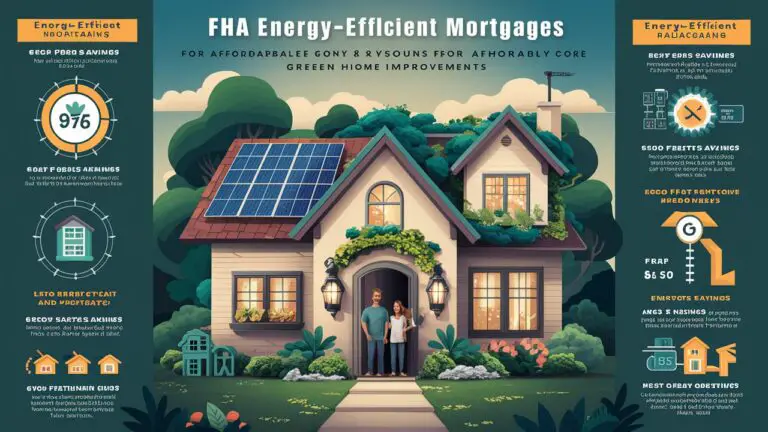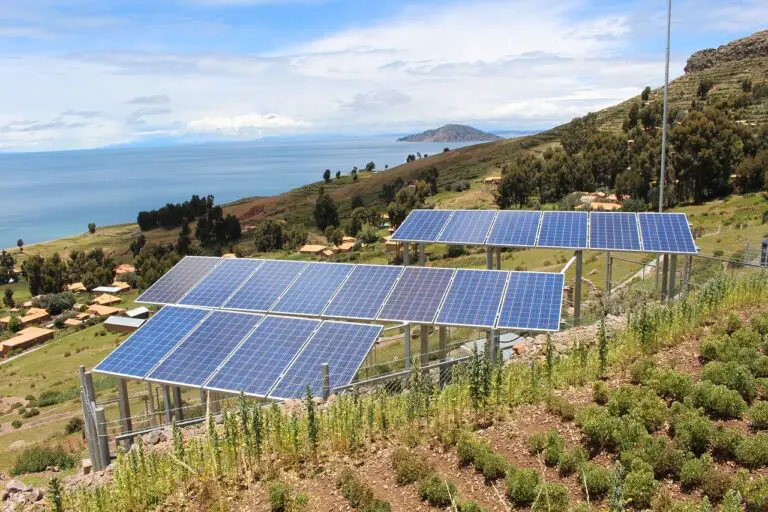Types of Energy-Efficient Home Loans
As the world moves toward more sustainable living, energy-efficient home loans are becoming increasingly popular. These loans can help you finance eco-friendly home improvements that reduce your carbon footprint and lower energy bills. In this article, we will explore different types of energy-efficient home loans, their benefits, and how they can help you achieve your green home goals.
1. Loans for Solar Panels
Transitioning to solar energy is one of the most effective ways to reduce your home’s energy consumption. There are several loan options specifically designed for installing solar panels.
1.1. FHA PowerSaver Loan
The FHA PowerSaver Loan is a government-backed option that allows homeowners to finance solar panel installations and other energy-efficient improvements. This loan offers low interest rates and long repayment terms, making it easier to invest in solar energy without straining your finances. With this loan, you can borrow up to $25,000 for your solar project, depending on your credit score and income.
1.2. Property Assessed Clean Energy (PACE) Loan
Another popular option for financing solar panels is the Property Assessed Clean Energy (PACE) Loan. Unlike traditional loans, the repayment is attached to your property taxes, which means the loan stays with the property if you decide to sell your home. PACE loans are an excellent choice for homeowners who plan to stay in their homes for a long time, as they offer long-term financing with flexible payment options.
1.3. Green Home Equity Loan
If you have significant equity in your home, a Green Home Equity Loan can be an ideal way to finance your solar panel installation. This type of loan allows you to borrow against the value of your home to cover the cost of solar panels. Additionally, the interest rates on home equity loans are usually lower than other types of loans, making this an attractive option for homeowners looking to go green.
2. Green Home Improvement Loans
Green home improvement loans are designed to finance various eco-friendly upgrades, from energy-efficient windows to insulation improvements. These loans can help make your home more comfortable while reducing energy costs.
2.1. Energy Efficient Mortgage (EEM)
An Energy Efficient Mortgage (EEM) allows you to borrow additional funds to make energy-efficient upgrades when purchasing or refinancing a home. The advantage of an EEM is that it considers the future energy savings in your loan approval, enabling you to qualify for a larger mortgage. This type of loan is ideal for buyers who want to invest in energy-efficient features right from the start.
2.2. HomeStyle Energy Mortgage
The HomeStyle Energy Mortgage by Fannie Mae is another excellent option for financing green home improvements. This mortgage allows you to finance up to 15% of the “as-completed” appraised value of your home for energy-efficient upgrades. You can use this loan for various improvements, such as installing solar panels, upgrading insulation, or replacing windows with energy-efficient alternatives.
2.3. VA Energy Efficient Mortgage
For veterans, the VA Energy Efficient Mortgage is a great option. This loan program, offered by the Department of Veterans Affairs, allows veterans to borrow additional funds to make energy-efficient upgrades when purchasing or refinancing a home. With this loan, veterans can finance up to $6,000 in energy-efficient improvements, making it a cost-effective way to reduce energy consumption.
3. Government-Backed Energy-Efficient Loans
Government-backed loans provide affordable financing options for homeowners who want to make energy-efficient improvements. These loans are often easier to qualify for and offer competitive interest rates.
3.1. FHA 203(k) Rehabilitation Loan
The FHA 203(k) Rehabilitation Loan is a versatile option for homeowners looking to finance both energy-efficient improvements and general home repairs. This loan allows you to borrow money for significant home renovations, including upgrading to energy-efficient systems. The advantage of the FHA 203(k) loan is that it combines your mortgage and renovation costs into one loan, simplifying the financing process.
3.2. USDA Rural Energy Plus Loan
For homeowners in rural areas, the USDA Rural Energy Plus Loan offers a valuable financing option. This loan program is designed to help rural homeowners make energy-efficient improvements by providing low-interest loans. The USDA Rural Energy Plus Loan covers a wide range of energy-efficient upgrades, including solar panels, insulation, and energy-efficient appliances.
3.3. Energy Efficient Federal Housing Administration (FHA) Loans
The Energy Efficient FHA Loans are specifically designed to help homeowners finance energy-efficient improvements. These loans allow you to borrow additional funds for energy upgrades without needing a higher down payment. This program makes it easier for homeowners to invest in green home improvements, leading to long-term savings on energy costs.
4. State and Local Energy-Efficient Loan Programs
In addition to federal programs, many states and local governments offer energy-efficient loan programs tailored to their residents’ needs. These programs often come with unique benefits and incentives.
4.1. State-Sponsored Energy Loans
Many states offer State-Sponsored Energy Loans designed to promote energy efficiency. These loans often come with low interest rates and flexible repayment terms, making them an attractive option for homeowners. Some states even offer grants or rebates to further reduce the cost of energy-efficient upgrades.
4.2. Utility Company Loans
Some utility companies provide financing for energy-efficient upgrades through Utility Company Loans. These loans are typically offered at low interest rates and can be repaid through your monthly utility bill. This convenient repayment method makes it easy for homeowners to invest in energy-efficient improvements without significant upfront costs.
4.3. Local Government Programs
Local governments may offer Local Government Programs that provide low-interest loans or grants for energy-efficient upgrades. These programs vary by location but often include incentives for installing solar panels, upgrading insulation, or replacing old appliances with energy-efficient models. These programs are an excellent way for homeowners to take advantage of local resources to improve their home’s energy efficiency.
5. Personal Loans for Energy-Efficient Upgrades
If you don’t qualify for a government-backed or specialized loan, a personal loan can still help you finance energy-efficient home improvements.
5.1. Unsecured Personal Loans
An Unsecured Personal Loan does not require collateral and can be used for various energy-efficient upgrades. While interest rates are generally higher than other types of loans, unsecured personal loans offer flexibility and quick access to funds. This option is suitable for homeowners who need to finance smaller projects, such as installing energy-efficient appliances or upgrading lighting.
5.2. Secured Personal Loans
A Secured Personal Loan requires collateral, such as your home or car, to secure the loan. This type of loan typically offers lower interest rates than unsecured loans, making it a cost-effective option for financing larger energy-efficient upgrades. However, you should be aware that if you fail to repay the loan, you risk losing the collateral.
5.3. Credit Union Loans
Credit unions often offer competitive rates on personal loans, making them an attractive option for financing energy-efficient improvements. Credit Union Loans may have lower interest rates and more flexible repayment terms than traditional banks, making them a great choice for homeowners looking to invest in energy efficiency.
Conclusion
Energy-efficient home loans provide a wide range of options to finance eco-friendly upgrades, from installing solar panels to making your home more comfortable and energy-efficient. Whether you choose government-backed loans, state programs, or personal loans, the benefits of investing in energy efficiency are clear. Not only will you reduce your carbon footprint, but you’ll also enjoy lower energy bills and increased home value.
References:
- FHA PowerSaver Loan
- PACE Financing
- VA Energy Efficient Mortgage







